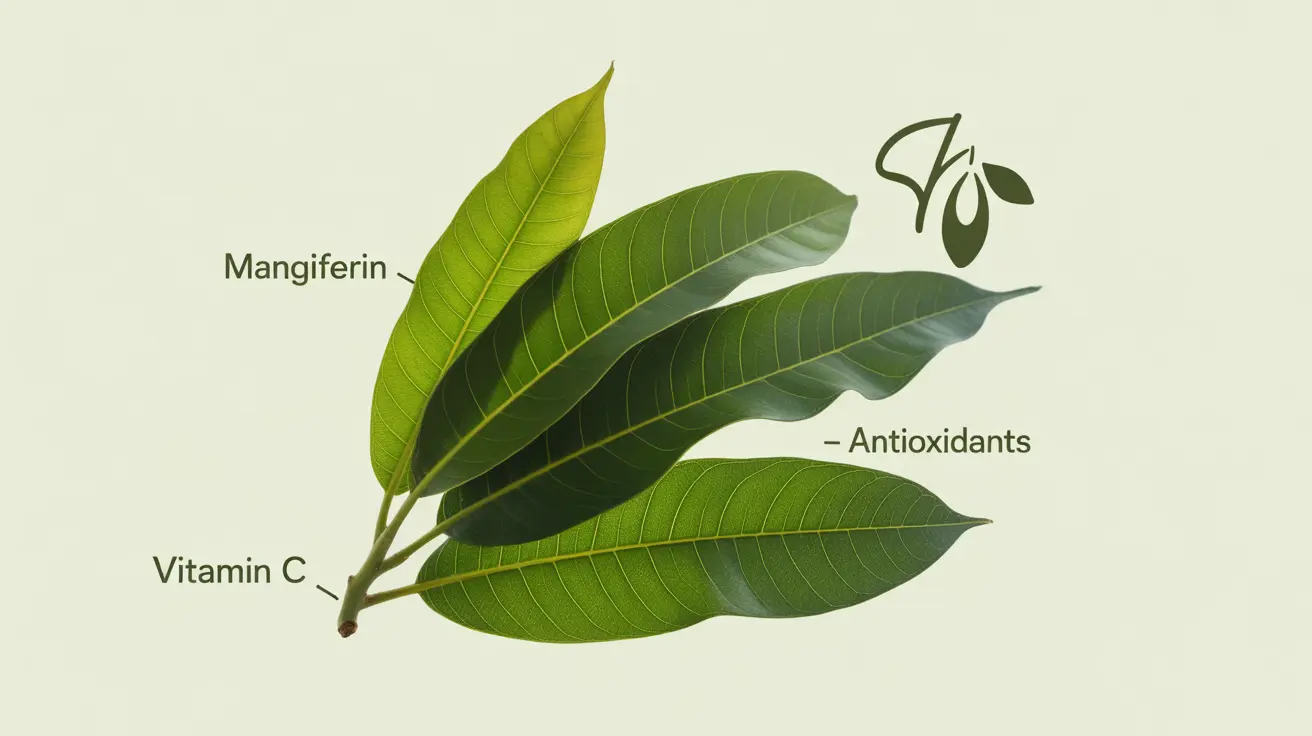Narcolepsy is a chronic neurological disorder that significantly impacts a person's sleep-wake cycle, leading to excessive daytime sleepiness and other challenging symptoms. Understanding the prevalence of narcolepsy is crucial for raising awareness, improving diagnosis rates, and developing better treatment strategies.
This comprehensive guide explores the global impact of narcolepsy, its key symptoms, and the various ways it affects people's lives, while also examining current treatment approaches and management strategies.
Global Prevalence of Narcolepsy
Narcolepsy affects approximately 1 in 2,000 people worldwide, though rates can vary significantly across different populations and regions. In the United States alone, it's estimated that 135,000 to 200,000 people live with this condition, though many cases remain undiagnosed or misdiagnosed.
Research has shown interesting variations in prevalence across different regions:
- Europe: approximately 20-50 cases per 100,000 people
- North America: roughly 25-50 cases per 100,000 people
- Japan: approximately 1 in 600 people
- African populations: generally lower reported rates, though this may be due to underdiagnosis
Understanding Narcolepsy Symptoms
Narcolepsy manifests through several distinct symptoms that can significantly impact daily life:
Primary Symptoms
- Excessive daytime sleepiness (EDS)
- Cataplexy (sudden loss of muscle tone)
- Sleep paralysis
- Hypnagogic hallucinations
- Disrupted nighttime sleep
Secondary Symptoms
- Automatic behaviors
- Memory problems
- Depression and anxiety
- Weight gain
- Social isolation
Diagnosis and Detection
Despite affecting thousands of people worldwide, narcolepsy often goes undiagnosed for years. The average time from symptom onset to diagnosis is 7-10 years, highlighting the importance of increased awareness and improved diagnostic protocols.
Diagnosis typically involves:
- Multiple Sleep Latency Test (MSLT)
- Polysomnography (overnight sleep study)
- Medical history evaluation
- Genetic testing in some cases
Treatment and Management Approaches
While there's no cure for narcolepsy, various treatment options can help manage symptoms effectively:
Medication Options
- Stimulants for daytime alertness
- Antidepressants for cataplexy
- Sodium oxybate for improving nighttime sleep
Lifestyle Modifications
- Maintaining a strict sleep schedule
- Taking planned naps during the day
- Regular exercise
- Healthy diet management
- Stress reduction techniques
Frequently Asked Questions
- What are the symptoms of narcolepsy and how is it diagnosed?
Narcolepsy's main symptoms include excessive daytime sleepiness, cataplexy, sleep paralysis, and hallucinations. Diagnosis involves sleep studies, including the Multiple Sleep Latency Test and overnight polysomnography, along with a detailed medical history evaluation.
- How many people suffer from narcolepsy worldwide, and what are the regional variations in prevalence?
Globally, narcolepsy affects approximately 1 in 2,000 people, with variations across regions. Europe and North America show similar rates of 20-50 cases per 100,000 people, while Japan has a higher prevalence of about 1 in 600 people.
- What are the common causes and risk factors associated with narcolepsy?
Narcolepsy is primarily caused by a loss of hypocretin-producing neurons in the brain. Risk factors include genetic predisposition, autoimmune disorders, and environmental triggers such as infections or significant stress.
- How is narcolepsy typically treated or managed, and what are the best lifestyle adjustments?
Treatment typically combines medication (stimulants, antidepressants, sodium oxybate) with lifestyle modifications such as scheduled naps, regular sleep patterns, exercise, and stress management techniques.
- Can narcolepsy be prevented, or are there any strategies to reduce its onset or severity?
While narcolepsy cannot be prevented, early diagnosis and treatment can help manage symptoms effectively. Maintaining good sleep hygiene, stress management, and a healthy lifestyle can help reduce symptom severity.
Understanding narcolepsy's prevalence and impact is crucial for improving awareness and support for those affected by this challenging condition. While it may affect a relatively small percentage of the population, its impact on quality of life can be significant, making proper diagnosis and management essential.




